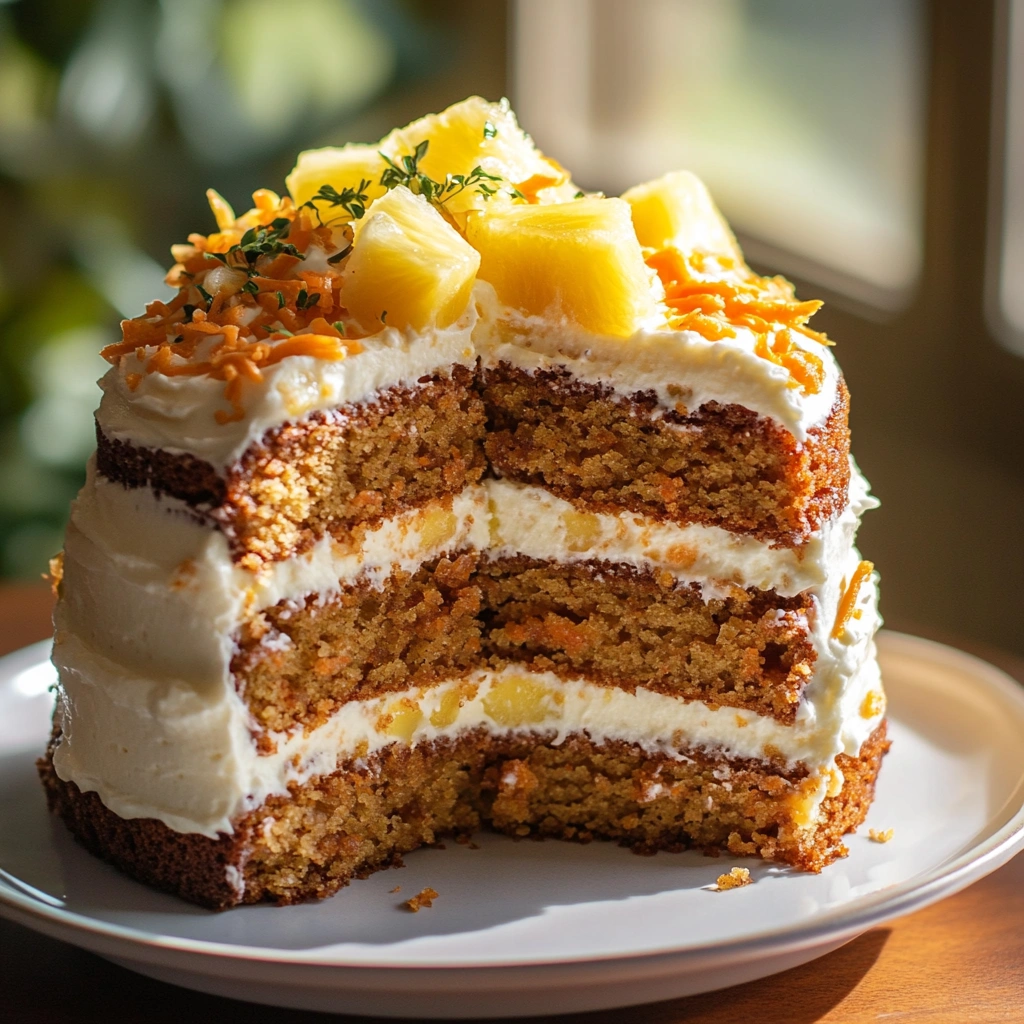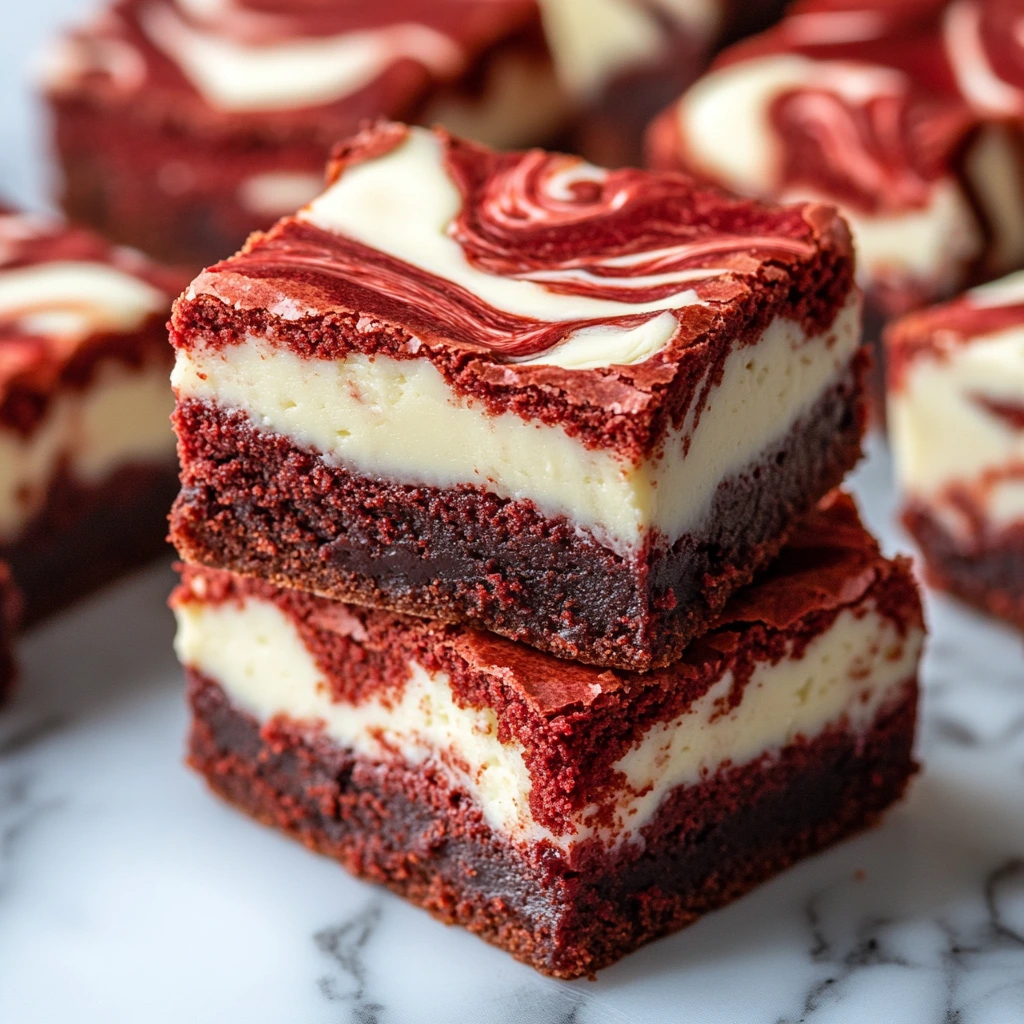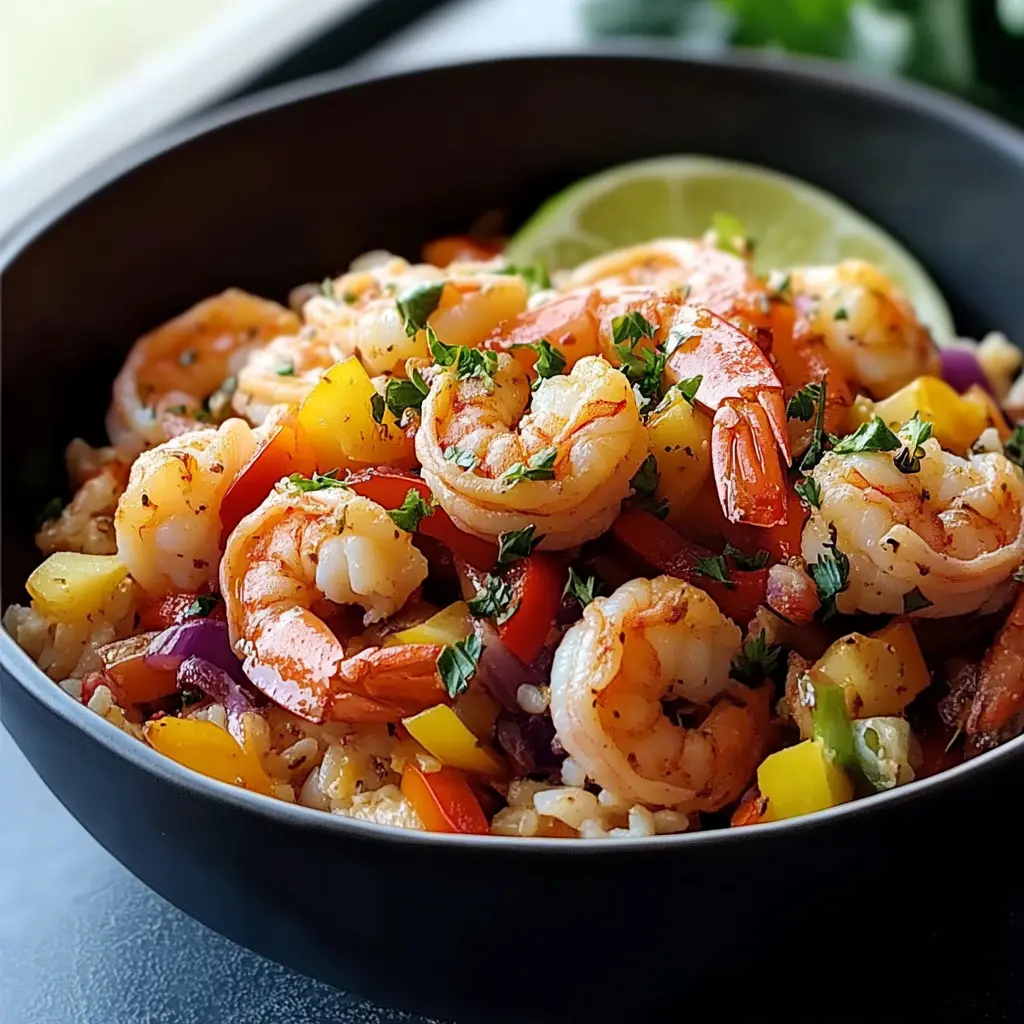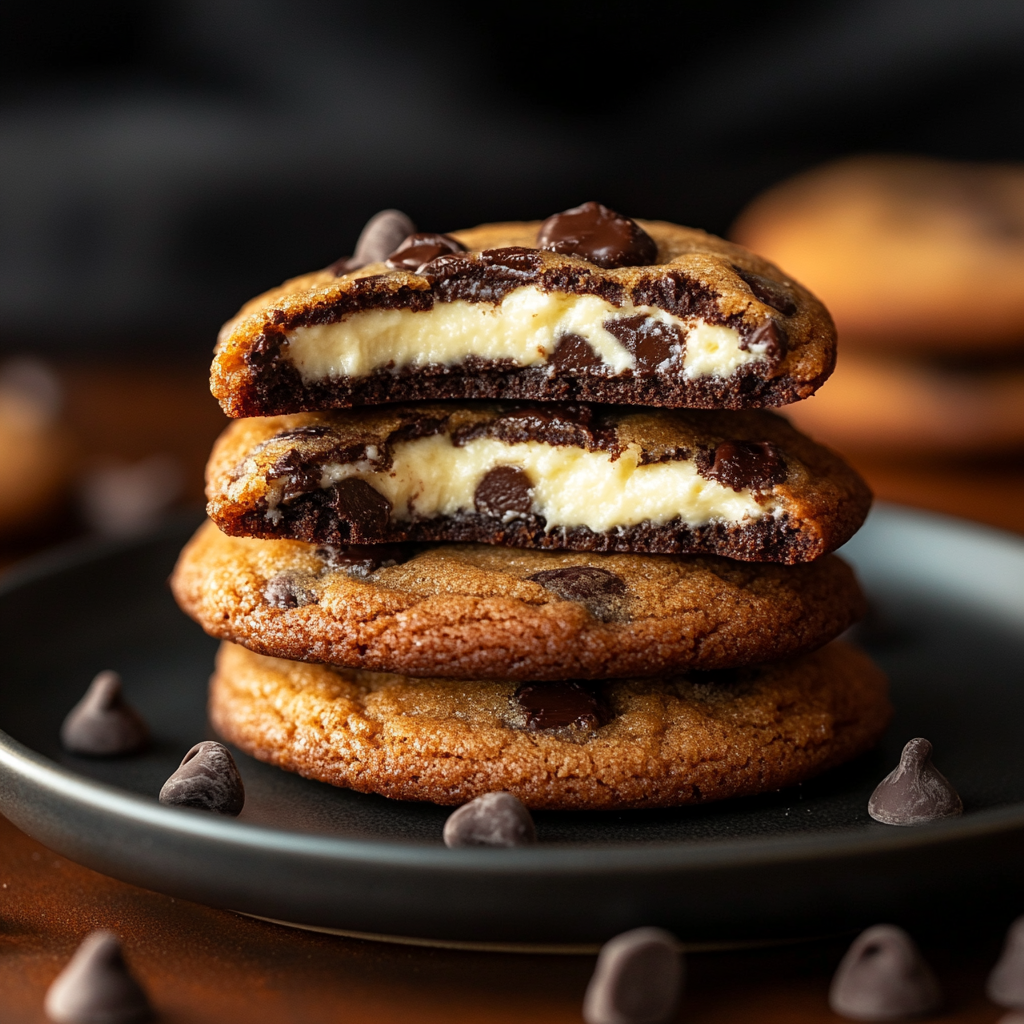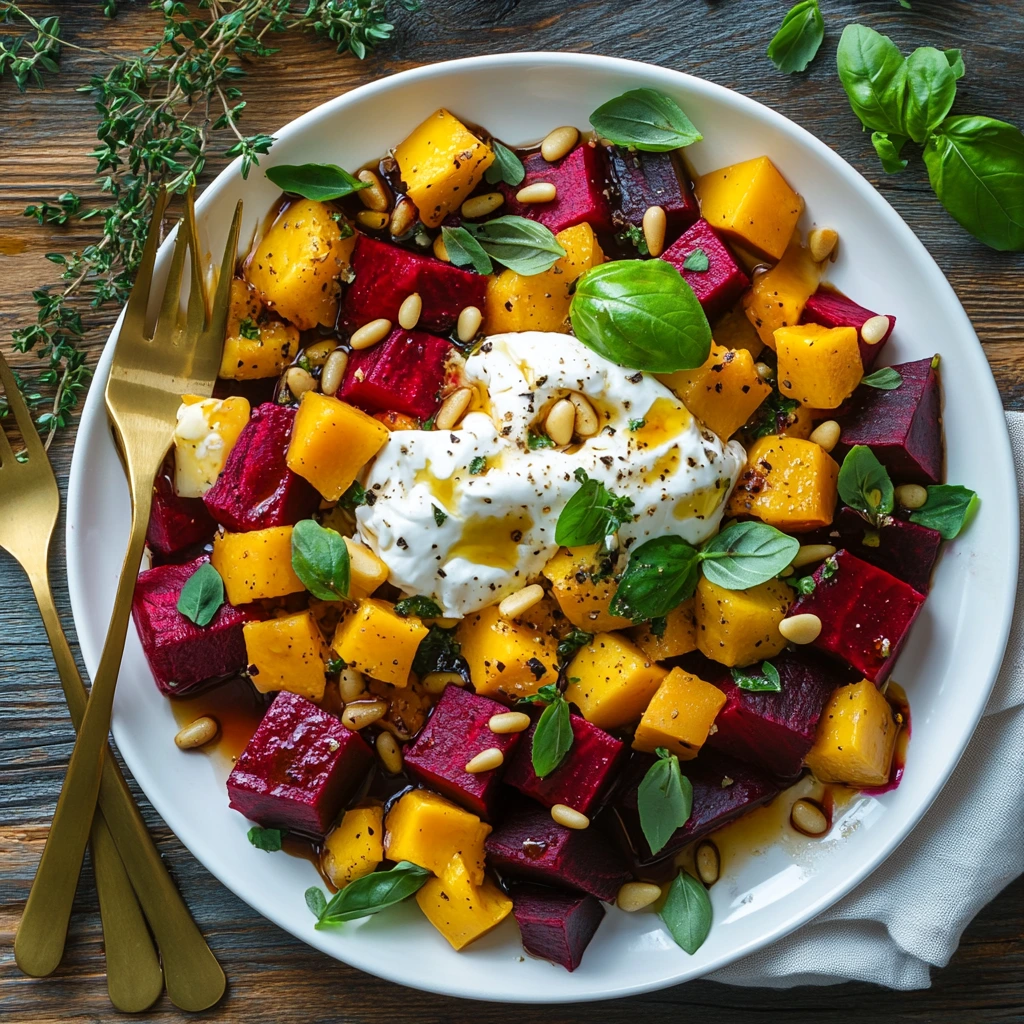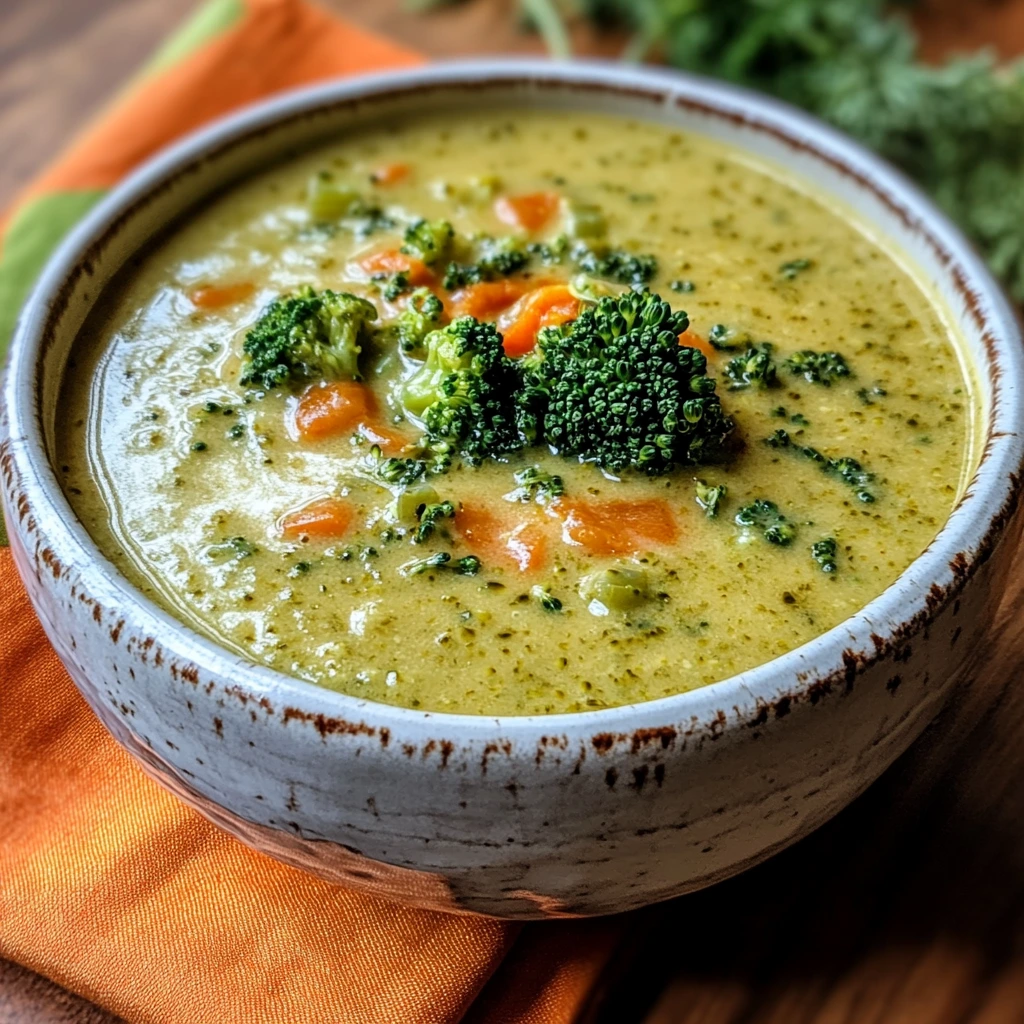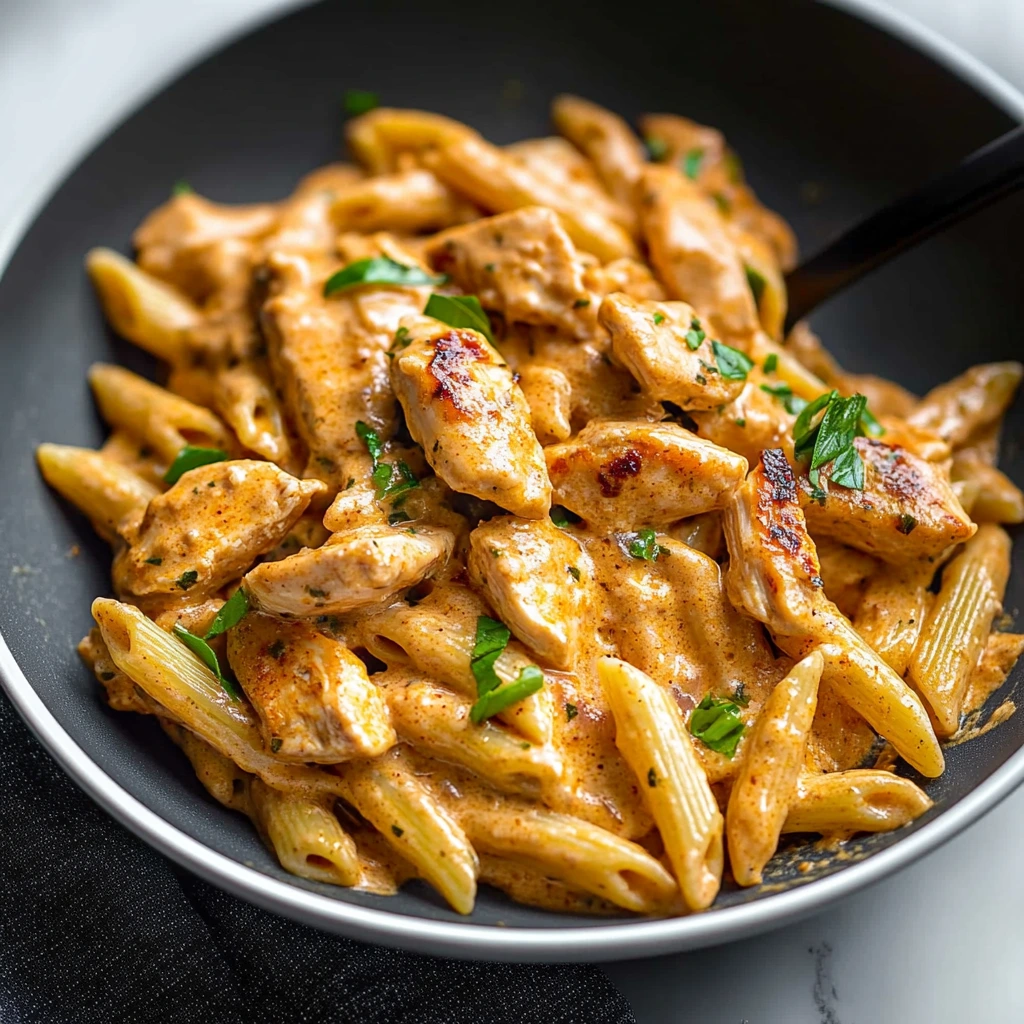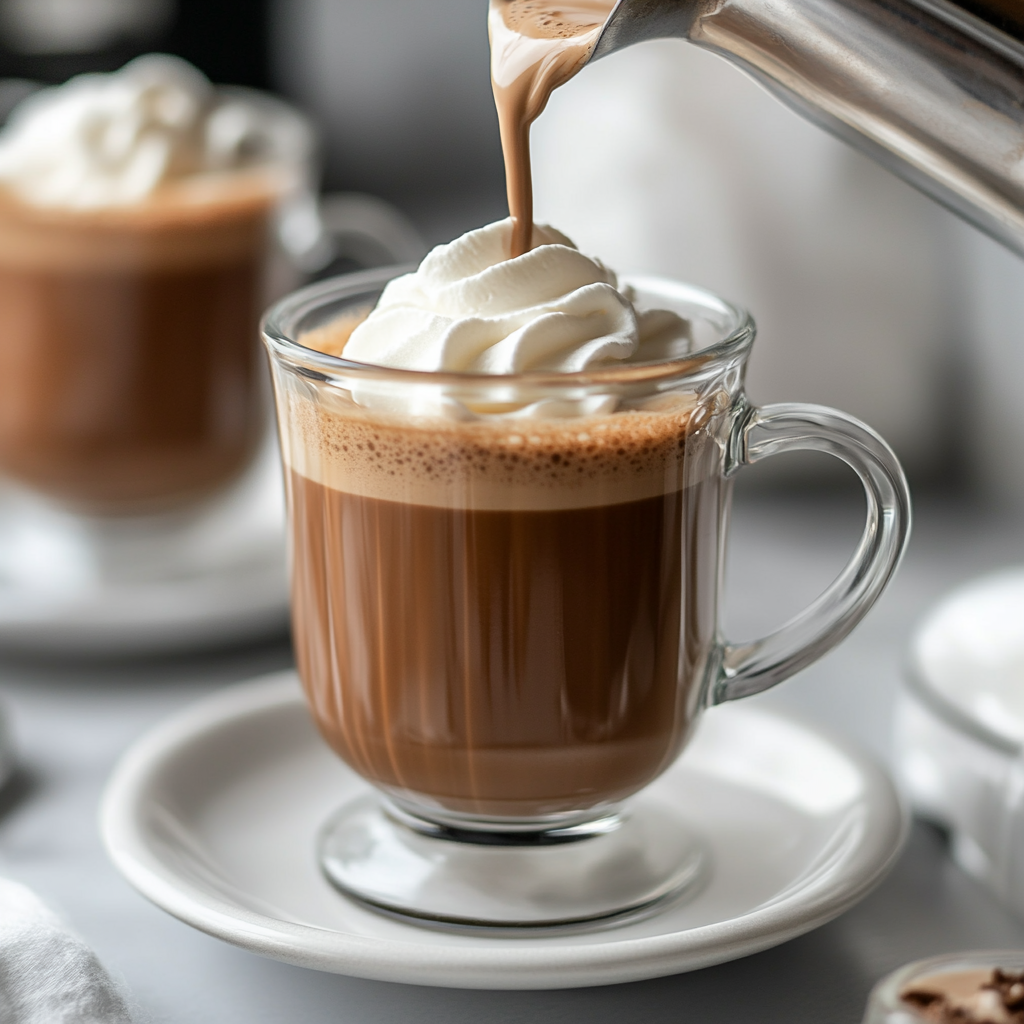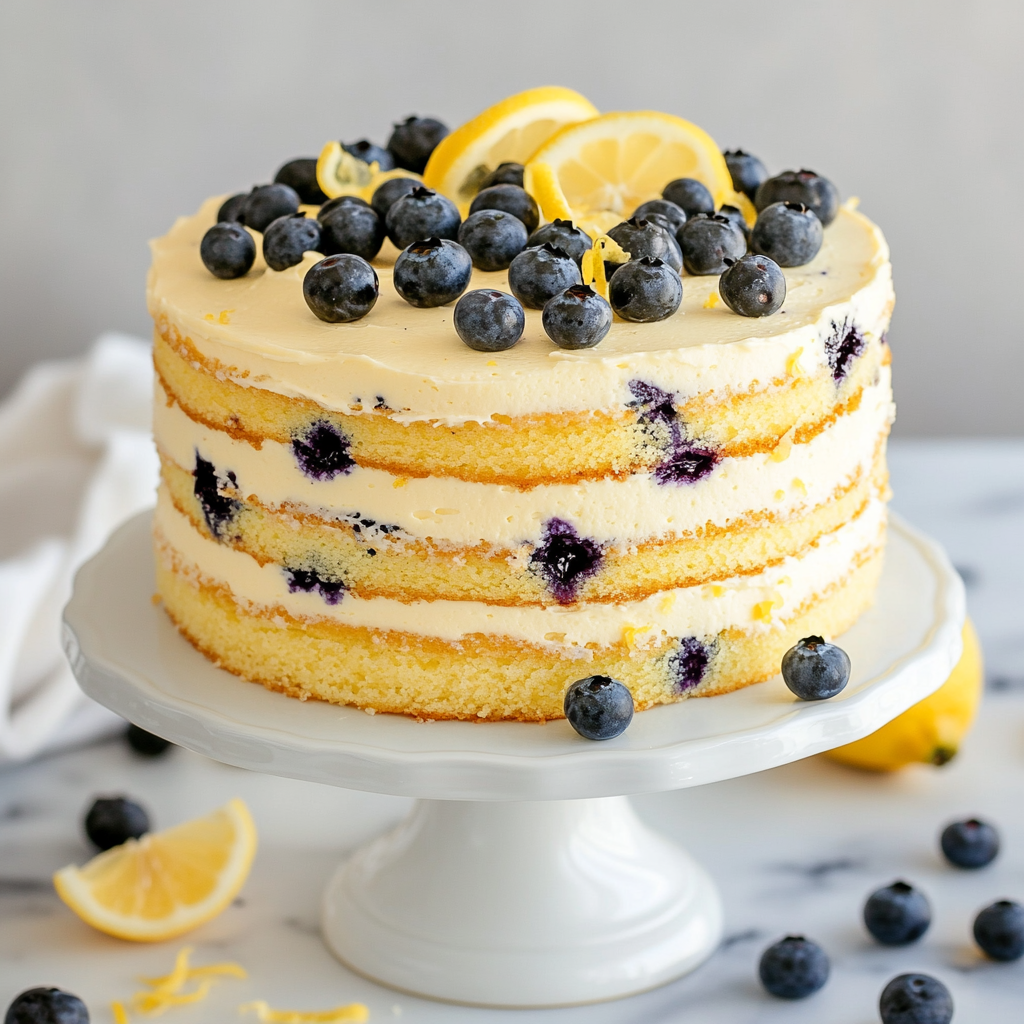Hawaiian Carrot Pineapple Cake offers a delightful fusion of classic carrot cake and tropical pineapple, creating a moist, flavorful dessert that transports you straight to an island getaway. This cake marries the earthy sweetness of freshly grated carrots with the bright, tangy notes of pineapple, resulting in a perfectly balanced crumb. Cream cheese frosting, often studded with a hint of coconut or garnished with pineapple wedges, complements the cake’s rich texture and adds a luxurious finish. Whether served at summer barbecues, luau-themed gatherings, or simply as an indulgent weekend treat, this cake is sure to impress. Its vibrant appearance—flecked with orange shreds and golden pineapple bits—makes it as visually appealing as it is delicious. With straightforward preparation methods and readily available ingredients, both novice bakers and seasoned pros can master this recipe. Read on to uncover the origins of this tropical twist, learn essential tips for ingredient prep, and discover foolproof baking techniques to achieve bakery-quality results at home.
Origins & History
Carrot cake traces its roots back to medieval Europe, where sweeteners were scarce and bakers turned to carrots, parsnips, and other root vegetables to add natural sweetness to desserts. By the 19th century, recipes for carrot puddings and cakes appeared in European cookbooks, evolving into the modern carrot cake we know today. The cake gained widespread popularity in North America following World War II, when ingredient rations made carrot-based desserts an attractive option. Pineapple, native to South America, became a global commodity after Spanish explorers introduced it to tropical regions, including Hawaii. By the early 20th century, pineapple plantations flourished across Hawaiian islands, cementing the fruit’s association with island cuisine.
The marriage of carrot and pineapple emerged as home bakers and professional chefs sought innovative ways to celebrate local produce. Pineapple’s vibrant acidity counteracts the dense sweetness of carrots, creating a multi-dimensional flavor profile. In Hawaii, where fresh pineapple is abundant, bakers began experimenting with adding crushed or diced pineapple directly into the batter. Soon, cream cheese frosting became the traditional topping, sometimes enhanced with toasted coconut or chopped macadamia nuts for extra texture. Today, Hawaiian Carrot Pineapple Cake enjoys renewed popularity in bakeries and home kitchens alike, celebrated for its moist crumb and tropical flair.
Key Ingredients Overview
The success of Hawaiian Carrot Pineapple Cake hinges on high-quality, fresh ingredients. Grated carrots provide natural sweetness, moisture, and a vibrant orange hue; choose firm, brightly colored carrots for best results. Pineapple can be used fresh or canned—fresh fruit offers superior flavor and texture, while canned pineapple is more convenient year-round. All-purpose flour forms the cake’s structure; some bakers incorporate whole-wheat or almond flour for added nutrition and depth of flavor. Granulated sugar sweetens the batter; light brown sugar contributes subtle molasses notes and additional moisture. Eggs bind the ingredients together and lend richness. Neutral vegetable oil—such as canola or sunflower—ensures a tender, moist crumb, whereas butter can be substituted for a more decadent taste. Spices like ground cinnamon, nutmeg, and ginger enhance the cake’s warmth, while baking soda and baking powder provide leavening. Optional additions include chopped nuts (walnuts, macadamia) and shredded coconut for extra texture and island character.
Preparing the Pineapple
When selecting fresh pineapple, look for one with firm, bright yellow flesh and a sweet aroma at the crown. To prepare, slice off the top and bottom, stand upright, and use a sharp knife to remove the rind in vertical strips. Core the pineapple and dice the flesh into uniform pieces, about ¼-inch cubes, to distribute evenly in the cake. If using canned pineapple, select chunks packed in juice rather than heavy syrup to avoid excessive sweetness. Drain the pineapple well in a fine-mesh sieve, pressing gently to remove surplus liquid. Excess moisture can weigh down the cake and lead to a soggy texture. For an extra flavor boost, you can macerate fresh pineapple with a teaspoon of light brown sugar and a squeeze of lime juice for 10–15 minutes, then drain. This process draws out pineapple’s natural juices, intensifies sweetness, and adds a subtle citrus brightness to the cake layers.
Preparing the Carrots
Choose fresh, firm carrots with smooth skin and vibrant color, avoiding any that appear wilted or tough. Rinse thoroughly under cold water to remove dirt, then peel with a vegetable peeler to eliminate the outer layer, which can be bitter. Grating carrots uniformly is key to even moisture distribution and a consistent crumb. Use the medium slots of a box grater or the grating attachment on a food processor, aiming for shreds approximately 2 inches long and about 1–2 millimeters thick. If your batter includes larger chunks, it may bake unevenly. After grating, gently squeeze the carrots in a clean kitchen towel or cheesecloth to remove excess liquid—this prevents adding too much moisture to the cake. Measure by weight rather than volume for greater accuracy. Approximately 250 grams of grated carrot (about 2 to 3 medium carrots) will yield the ideal texture without oversaturating the batter.
Mixing the Batter
Begin by preheating your oven to 350 °F (175 °C) and preparing your cake pan by greasing and lining it with parchment. In a large bowl, whisk together dry ingredients: 2 cups all-purpose flour, 1 ½ teaspoons baking powder, 1 teaspoon baking soda, 1 teaspoon ground cinnamon, ½ teaspoon nutmeg, and a pinch of salt. In a separate bowl, combine wet ingredients: ¾ cup granulated sugar, ¾ cup light brown sugar (packed), 3 large eggs (at room temperature), and 1 cup neutral oil. Whisk until smooth and pale yellow. Gradually fold the dry mix into the wet mixture, stirring gently to avoid overmixing, which can toughen the cake. Once just combined, fold in the grated carrots and drained pineapple pieces until they’re evenly distributed. At this stage, you may stir in ½ cup chopped walnuts or macadamia nuts and ½ cup sweetened shredded coconut for extra texture. Scrape the batter into your prepared pan, smoothing the top with a spatula.
Overmixing can lead to a dense cake, so stop once streaks of flour disappear. The batter should be thick but pourable, with visible flecks of carrot and pineapple. If the batter seems too stiff, add a tablespoon of milk or pineapple juice to loosen it slightly. This balance ensures a tender crumb and prevents dryness.
Baking Instructions
Place the pan on the center rack of the preheated oven and bake for 45–55 minutes, or until a toothpick inserted in the center comes out clean or with just a few moist crumbs attached. Rotate the pan halfway through baking for even browning. Avoid opening the oven door frequently, as temperature fluctuations can cause the cake to slump. If the top begins to brown too quickly, tent it loosely with aluminum foil for the final 10–15 minutes.
Once baked, remove the cake from the oven and allow it to rest in the pan on a wire rack for 10 minutes. This resting period helps the cake set and makes it easier to remove from the pan. After 10 minutes, run a thin knife around the edges to loosen, then invert or lift the cake onto the rack. Let it cool completely—at least 1 hour—before frosting. Frosting a warm cake can cause the frosting to melt and slide off. If you’re making layers, ensure both are fully cooled and level by trimming the domed tops with a serrated knife. For extra moisture, brush the layers with reserved pineapple juice before applying frosting. Once frosted and decorated, refrigerate the cake for 30 minutes to let the frosting firm up, then serve at room temperature for optimal flavor and texture.
Frosting & Decoration
A classic cream cheese frosting brings the ideal balance of tang and sweetness to Hawaiian Carrot Pineapple Cake. To prepare, beat 8 ounces of full-fat cream cheese (softened) with ½ cup of unsalted butter (softened) until smooth. Gradually add 3 cups of powdered sugar, one cup at a time, mixing on low speed to avoid clouds of sugar. Once fully incorporated, increase to medium speed and beat for an additional two minutes to achieve a light, fluffy texture. Finish by folding in 1 teaspoon of pure vanilla extract and a pinch of fine salt—this elevates flavor complexity and cuts through the richness.
For a tropical twist, consider a coconut-cream alternative. Whip 1 cup of chilled coconut cream until stiff peaks form, then gently fold in 1 cup of sifted powdered sugar and ½ teaspoon of coconut extract. This lighter frosting complements the cake’s fruit elements and adds a subtle island aroma.
When frosting, ensure your cake is completely cooled to prevent melting. Using an offset spatula, apply a thin crumb coat and refrigerate the cake for 20 minutes to set. Follow with a thicker final layer, smoothing the surface or creating decorative swirls. To decorate, sprinkle toasted shredded coconut around the edges and center, or arrange thin pineapple wedges and carrot ribbons atop the frosting. For added texture and visual appeal, scatter chopped macadamia nuts or crystallized ginger pieces. A final dusting of ground cinnamon across the top ties the flavors together and delivers a professional finish.
Assembly & Serving Suggestions
If layering, trim any domed tops so cakes stack evenly. Spread a generous layer of frosting between tiers, pressing lightly to secure. Crumb coat the exterior before adding the final frosting layer. For an eye-catching presentation, pipe frosting rosettes around the perimeter and nestle small pineapple chunks or maraschino cherries in each swirl. Garnish the cake board with toasted coconut flakes and whole macadamia nuts for textural contrast.
Serve slices at room temperature to allow the full spectrum of flavors and aromas to shine. Pair with a lightly sweetened hibiscus iced tea or a cold piña colada for a cohesive tropical theme. Individual servings can be presented on banana leaves or colorful plates to enhance the island vibe. Leftovers keep well, covered, in the refrigerator for up to four days; allow slices to return to room temperature before serving to revive softness and flavor.
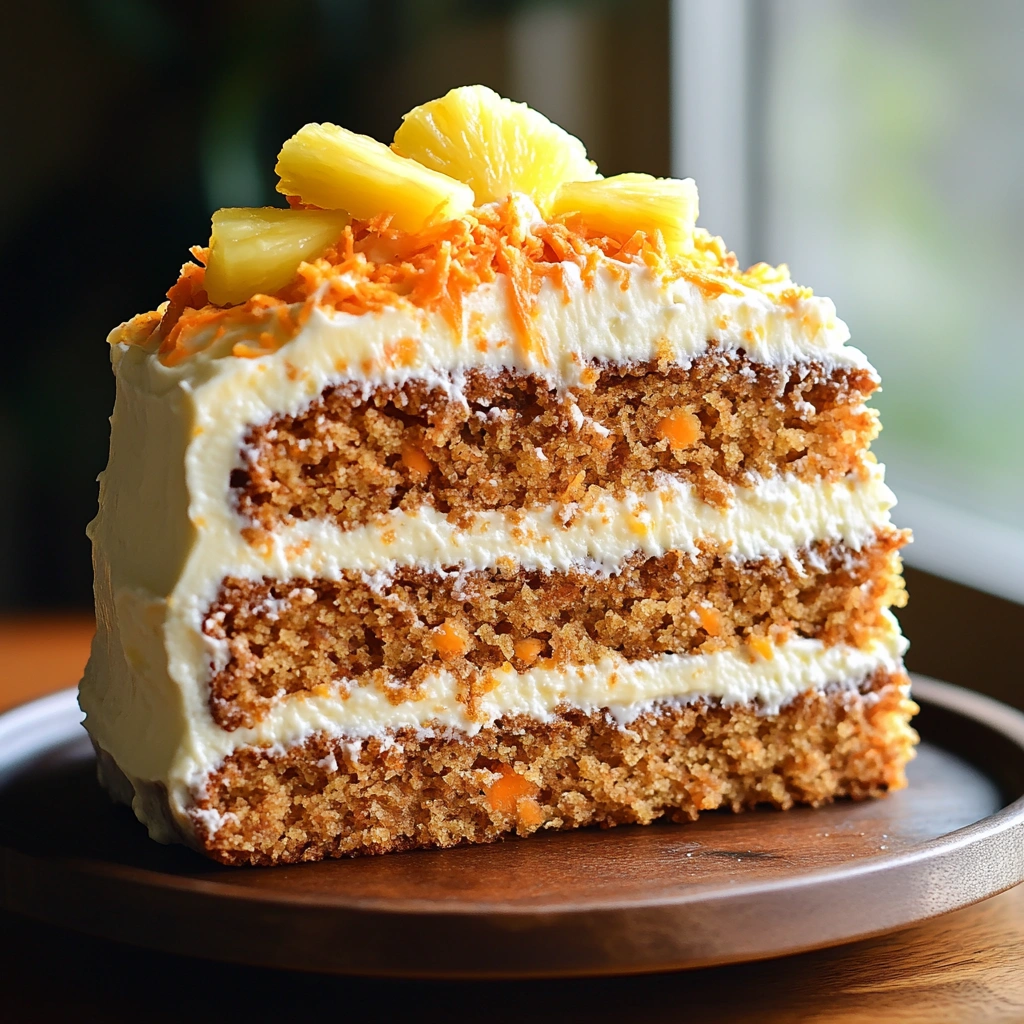
Variations & Adaptations
For a gluten-free version, substitute a 1:1 gluten-free baking flour blend and add ¼ teaspoon xanthan gum if it’s not already included. The texture remains moist and tender, preserving the cake’s signature crumb. To accommodate a vegan diet, replace the three eggs with a flax-egg mixture—combine 3 tablespoons ground flaxseed with 9 tablespoons warm water, let thicken for 10 minutes—and swap the dairy cream cheese frosting for a cashew-based alternative (blend soaked cashews, coconut oil, maple syrup, and lemon juice until silky).
Flavor enthusiasts may experiment with mini loaf pans or muffins for individual servings. Reduce bake time to 20–25 minutes and check frequently to avoid overbaking. For extra depth, fold in ½ cup shredded unsweetened coconut or ¼ cup crystallized ginger pieces. Cinnamon may be complemented by ¼ teaspoon ground ginger or cardamom for a spicier profile. Tropical fruit lovers can swap half of the pineapple for diced mango or papaya, adjusting sugar levels to compensate for fruit sweetness.
Pro Tips for Best Results
Always measure ingredients precisely—use a kitchen scale for carrots and flour to maintain consistent moisture and structure. Drain pineapple thoroughly and reserve juice; brush cake layers with a thin layer of juice before frosting to boost fruit intensity. Avoid overmixing batter once flour is added: stir until just combined to prevent a dense crumb.
Room-temperature eggs and dairy ingredients emulsify better, yielding a smoother batter and frosting. Preheat your oven at least 15 minutes before baking and use an oven thermometer to verify accuracy at 350 °F. Rotate pans halfway through bake time to promote even browning. After baking, cool the cake in the pan for 10 minutes, then transfer to a wire rack uncovered—this prevents steam-induced sogginess.
For perfectly level layers, use cake strips or a damp towel wrapped around the pan to moderate edge temperature, reducing doming. Store frosted cake uncovered in the refrigerator for 20 minutes to firm frosting, then cover to maintain moisture. Allowing the cake to rest at room temperature for 30 minutes before serving ensures optimal texture and flavor release.
FAQs
Can I substitute crushed pineapple for diced?
Yes. Crushed pineapple blends more uniformly into the batter and releases more juice, increasing moisture. Drain thoroughly and reserve juice to brush onto layers. Reduce added liquid by 1–2 tablespoons to prevent a soggy cake.
How long does this cake stay fresh?
Properly stored in an airtight container, the cake keeps up to four days in the refrigerator. For best taste and texture, consume within two days. Leftover slices freeze well for up to one month; thaw in the refrigerator overnight before serving.
Can I make the cake ahead of time?
Absolutely. Bake and frost the cake up to one day in advance. Store covered in the refrigerator. Before serving, remove it 30 minutes prior to allow the frosting to soften and the flavors to bloom.
How do I prevent a soggy bottom?
Thoroughly drain pineapple and squeezed carrots to eliminate excess moisture. Line the pan with parchment paper extending above the rim to catch drips. Cool the cake on a rack in the pan for 10 minutes before unmolding to reduce steam build-up.
What spices pair best with pineapple carrot cake?
Classic warm spices—cinnamon and nutmeg—are ideal. For a more pronounced spice profile, add ¼ teaspoon ginger or cardamom. A pinch of allspice or cloves can deepen aroma, but use sparingly to avoid overpowering the cake’s natural fruit flavors.
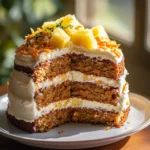
Hawaiian Carrot Pineapple Cake
Description
This Hawaiian Carrot Pineapple Cake marries the warm, spiced richness of classic carrot cake with the bright, tropical acidity of pineapple for a moist, flavor-packed dessert. Tender strands of freshly grated carrot and juicy pineapple pieces are folded into a lightly spiced, oil-based batter, then baked until perfectly golden. The cake is finished with a smooth, tangy cream cheese frosting—optionally swirled with coconut cream or studded with toasted coconut and macadamia nuts for extra island flair. Its vibrant crumb flecked with orange and gold makes it as eye-catching as it is delicious. Ideal for summer gatherings, brunches, or anytime you crave a taste of the tropics, this cake is approachable enough for home bakers yet impressive enough for special occasions.
Ingredients
- 2 cups all-purpose flour
- 1 cup granulated sugar
- 1 teaspoon baking powder
- 1 teaspoon baking soda
- 1/2 teaspoon salt
- 1 teaspoon ground cinnamon
- 1/2 teaspoon ground nutmeg
- 1/2 teaspoon ground ginger
- 1 cup vegetable oil
- 4 large eggs
- 2 cups grated carrots
- 1 cup crushed pineapple, drained
- 1 teaspoon vanilla extract
- 1/2 cup chopped walnuts (optional)
- Cream cheese frosting
Instructions
- Preheat the oven to 350°F (175°C). Grease and flour two 9-inch round cake pans.
- In a large bowl, whisk together the flour, sugar, baking powder, baking soda, salt, cinnamon, nutmeg, and ginger.
- Add the vegetable oil and eggs to the dry ingredients, and mix until well combined.
- Stir in the grated carrots, crushed pineapple, vanilla extract, and chopped walnuts (if using).
- Divide the batter evenly between the prepared cake pans.
- Bake for 30-35 minutes, or until a toothpick inserted into the center of the cakes comes out clean.
- Let the cakes cool in the pans for 10 minutes, then turn them out onto a wire rack to cool completely.
- Once the cakes are cool, frost them with cream cheese frosting.
Notes
- Drain Thoroughly: Whether you use fresh or canned pineapple, remove as much juice as possible—reserve the liquid to brush on layers for extra moisture, but avoid excess in the batter.
- Carrot Prep: Shred carrots uniformly (medium grate) and gently squeeze out any excess liquid to keep the crumb light and prevent sogginess.
- Room-Temp Ingredients: Ensure eggs, cream cheese, and butter are at room temperature to create a smoother batter and frosting.
- Baking Evenly: Rotate your pan halfway through baking and tent with foil if the top browns too quickly. Use an oven thermometer to confirm a steady 350 °F.
- Crumb Coat: Apply a thin layer of frosting to trap crumbs, chill 20 minutes, then finish with a final coat for a polished look.
- Flavor Variations: Swap half the pineapple for diced mango or add ½ cup shredded coconut/nuts into the batter. For a vegan version, use flax eggs and cashew-based frosting.
- Storage: Store covered in the refrigerator for up to 4 days; allow slices to come to room temperature for 20–30 minutes before serving.
- Make-Ahead: Bake and frost 24 hours in advance; the flavors deepen overnight, and the frosting firms up for easier slicing.


